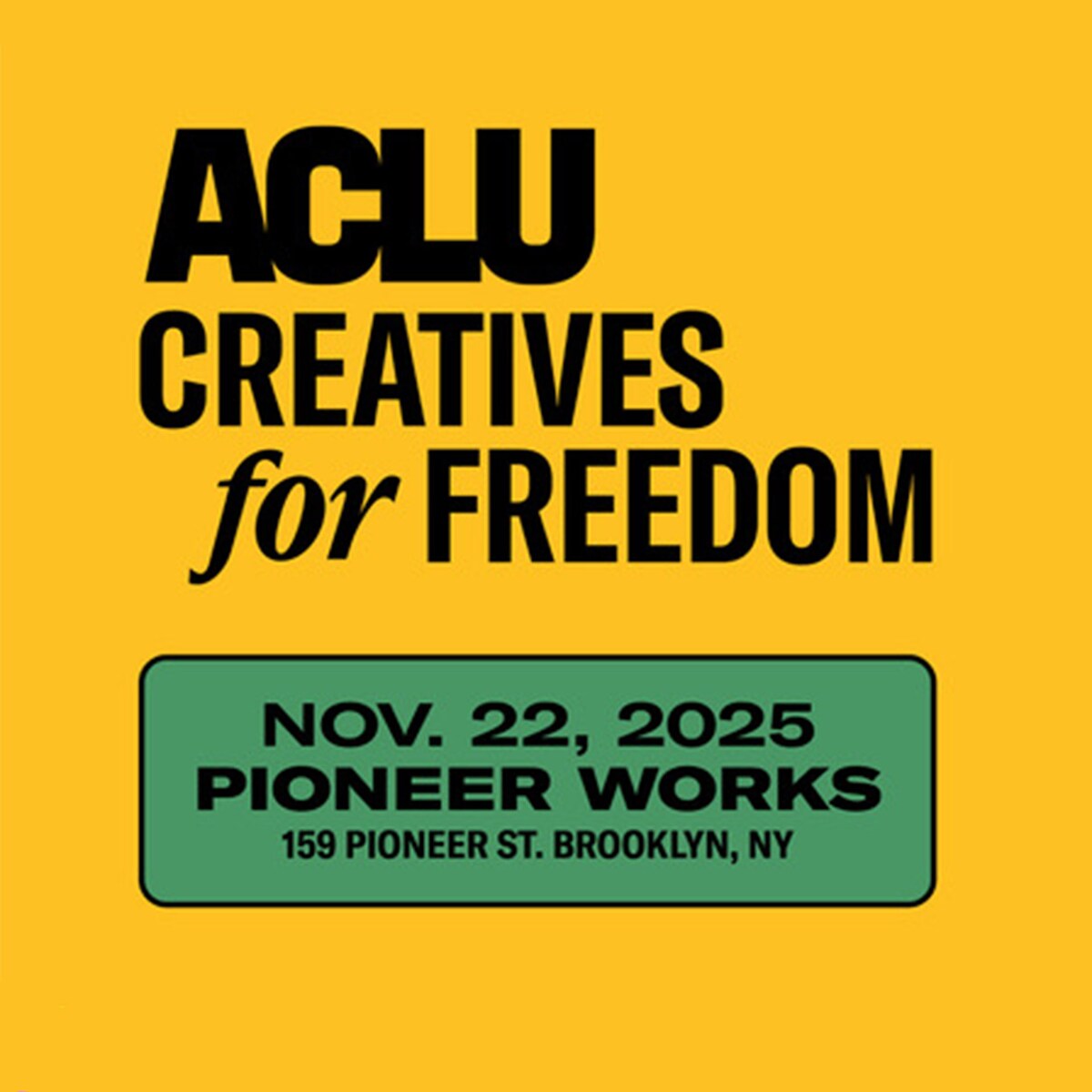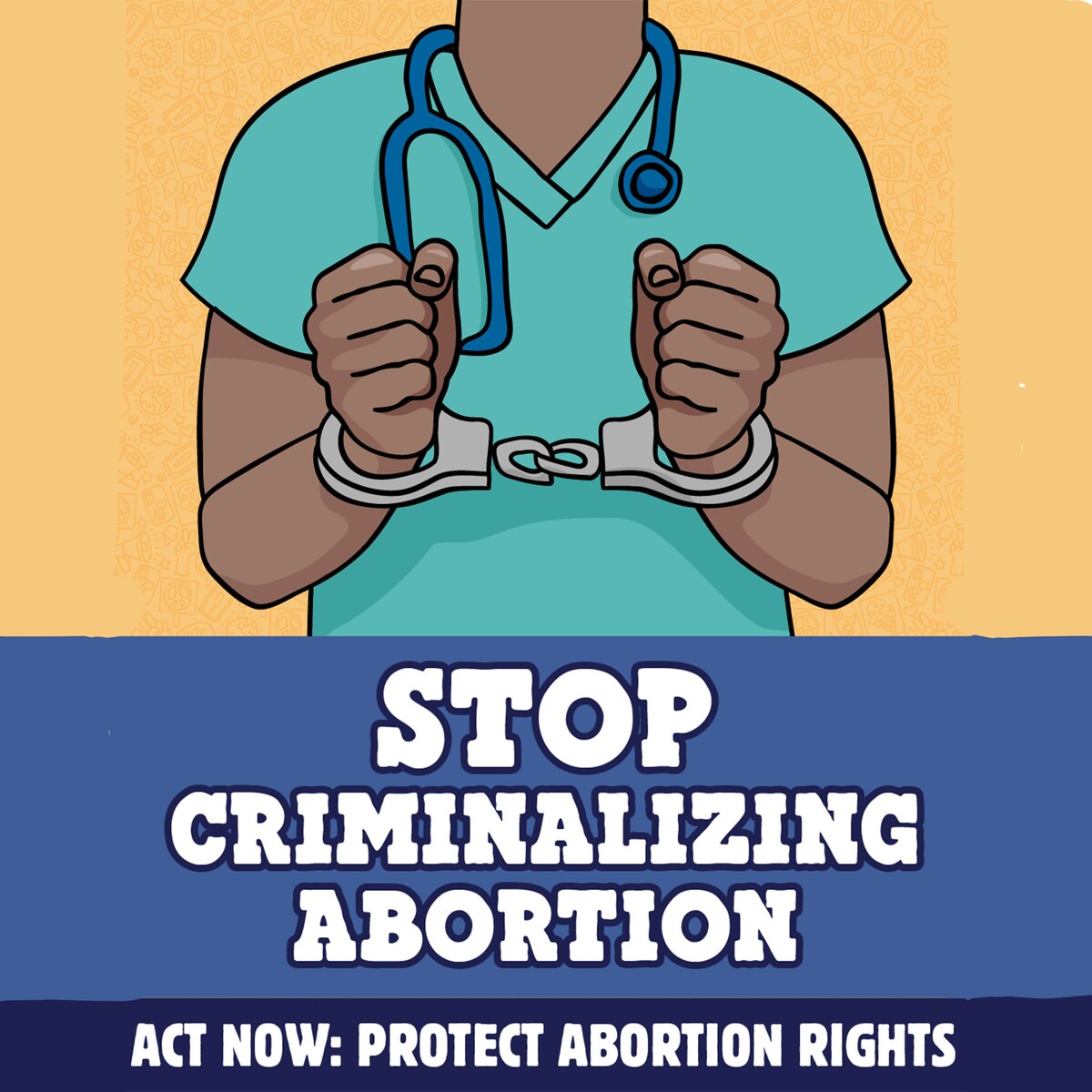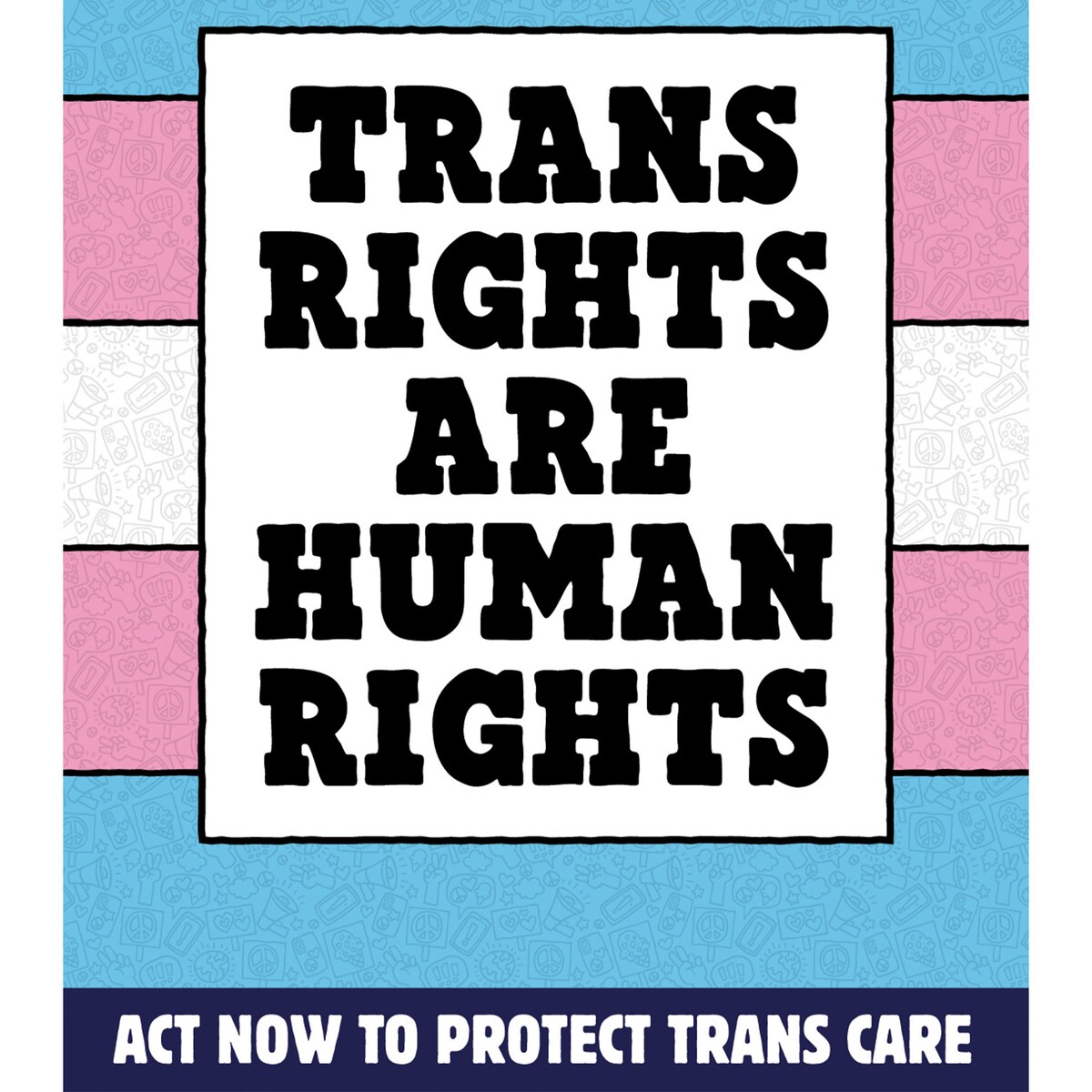June 11, 2015
Our world is filled with more natural beauty than you can shake a scoop at. There are mountain peaks that pierce the clouds, lights that dance across the heavens, and a cave so big it has its own river, jungle and climate. While each of these wonders is amazing, our focus today is on the Great Barrier Reef (GBR) and what’s been happening since our Fight for the Reef Scoop Tour of 2014.
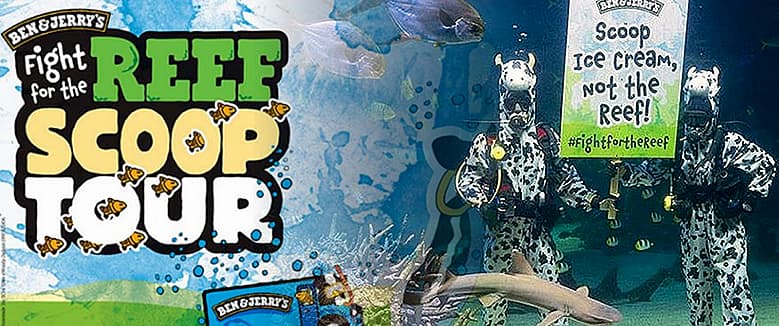
We’ll start with a little backstory to get you caught up.
Just How Great is the Great Barrier Reef?
Of all the coral reef systems in the world, only one has 'Great' in its name. Located off the coast of Queensland, Australia, GBR is made up of over 2,900 individual reefs, stretches for over 1,600 miles and can even be seen from space! Also? It’s home to over 1,500 species of fish, including these little guys:
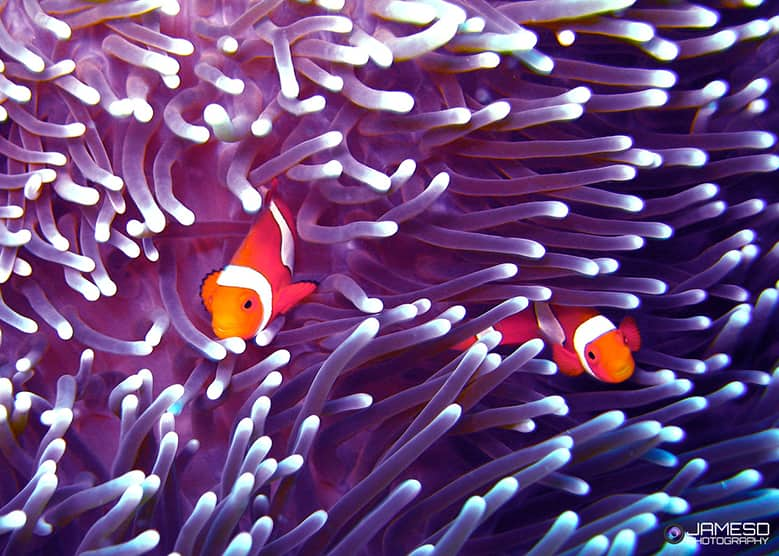 Image credit: JamesDPhotography
Image credit: JamesDPhotography
Why We Decided to Act
In January 2014, the Great Barrier Reef Marine Park Authority approved a plan to expand a coal port and dump 3 million cubic meters of dredge spoil in the GBR marine park.
What’s dredge spoil, you ask? Great question! It’s the mix of rocks, soil and shells that you get when you dig up the seabed to deepen waterways or create shipping channels.
Conservationists say dumping this waste can smother coral and expose it to high levels of toxic material. That sounds like pollution to us, and we can’t stand idly by.
What We Did
We launched the Fight for the Reef Scoop Tour. In partnership with the World Wildlife Fund Australia, our goal was simple. We wanted to give out free Ben & Jerry’s, raise awareness about the dangers facing the GBR and encourage Australians to join the fight to save their landmark.
What Happened Next
UNESCO took note of the coastal development plans and expressed concerns. There were discussions over adding the GBR to list of World Heritage Sites in Danger, but the decision was postponed until February of this year.
In January, the Australian government took a huge step in protecting the GBR by banning the dumping of dredge spoil in the GBR Marine Park. UNESCO applauded the reversal and just recently announced that the GBR will not be placed on an “in danger” list.
Recent Articles
Join The Climate Movement
-
With a landmark climate action agreement in place including commitments from 196 countries to fight climate change, now is the time to keep the pressure on and ensure swift action. This climate agreement wouldn’t have happened without millions of people around the world taking action. And we won’t be able to meet the ambitious goals of the Paris Agreement without millions and millions more people taking action in support of a rapid transition to clean energy. Paris was just the beginning, not the end. Let’s get to work towards a greener, cleaner future. Add your voice to the millions demanding action and sign the petition today!
